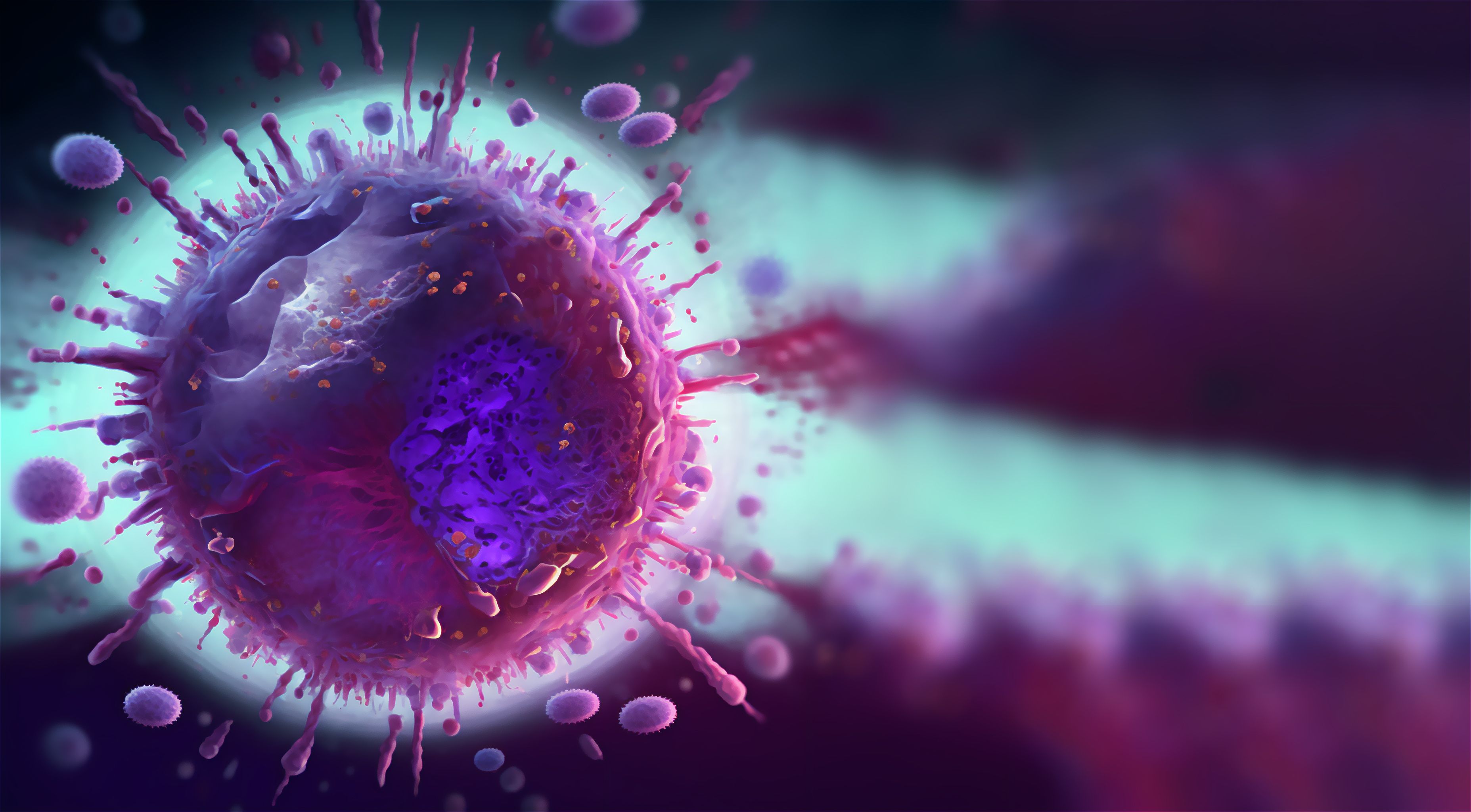News
Article
Study: Researchers Reveal New Images of RSV, Offering Further Treatment Options
Author(s):
Key Takeaways
- RSV's pleomorphic nature complicates treatment development due to its complex structure and multiple shapes.
- Cryo-electron tomography provided high-resolution images of RSV proteins, revealing structural details crucial for viral-host interactions.
The connection of F proteins could help destabilize the virus prior to infection of the next host.
New study findings from the University of Wisconsin–Madison revealed new images of the respiratory syncytial virus (RSV) which could play a significant role in preventing or slowing RSV infection.1 According to the CDC, the intricate shape of RSV complicates the development of treatments that could prevent hospitalization associated with the infection.1
Each year, around 60,000 to 160,000 individuals are hospitalized due to RSV infection and 6000 to 13,000 deaths occur following the illness in the US alone. The virus can impact the lungs and airways, causing severe infection in infants, older adults, and individuals with chronic medical ailments. The CDC noted that RSV infections typically increase in the fall and peak in the winter. However, during the 2021 through 2023 flu seasons, RSV cases displayed an increase beginning as early as July.2 Unlike other common illnesses that impact this population, there are limited options to fight RSV, according to study authors.1
Image credit: catalin | stock.adobe.com

RSV is a pleomorphic virus, allowing it to have multiple shapes, which include spherical, filamentous, and asymmetric.3 The structure of RSV is made up of tiny, bending filaments that create issues in identifying key drug targets and viral components that are often found in connected viruses, according to study authors.1
“There are a number of viruses related to RSV that are also significant human pathogens, including measles,” said Elizabeth Wright, a UW–Madison biochemistry professor, in a news release. “What we know about related viruses gives us clues about RSV protein structures, but to identify drug targets we need a closer look at RSV proteins that are intimately associated with the membranes of host cells.”1
Wright noted that her team used an imaging technique called cryo-electron tomography (cryo-ET) which helped reveal further details on the molecules and structures of RSV’s form and function. According to the release, the role of cryo-ET is to freeze the viral particles or molecules at ultracold temperatures, which stop biological processes in action. The process of freezing allows investigators to capture small-scale images of the structures, frozen in time. The images are 2D and are connected to produce a representation of the virus in 3D structures at a high resolution.1
In the study, the investigators were able to capture 2 RSV proteins— RSV M and RSV F, which play a significant role in the interaction between the virus and the host cell membrane. Specifically, the RSV M protein interacts with host cell membranes and holds together the virus’s filamentous structure and directs viral components and other proteins. The RSV F proteins rest on the viral surface, prepared to engage with host cell receptors and regulate the virus’s fusion and admission into the host cell.1
“Our primary findings reveal structural details that allow us to better understand not only how the protein regulates assembly of viral particles, but also the coordination of proteins that enable the virus to be infectious,” said Wright, in a news release.1
Published in Nature, the image results displayed that with RSV infection, 2 F proteins meet to form a more stable unit, which could prevent the F protein from prematurely infecting the host cell, according to Wright.1
The findings suggest that the connection of F proteins could help destabilize the virus prior to infection of the next host. The study authors noted that pairs of F proteins could be a possible target for future treatment for RSV, as revealed in the updated images.1
REFERENCES
1. New images of RSV may expose stubborn virus’s weak points. EurekAlert!. News release. October 1, 2024. Accessed October 18, 2024. https://www.eurekalert.org/news-releases/1059904.
2. Ferruggia K. Single Dose of Abrysvo Could Provide Immune Protection Against RSV in Immunocompromised Individuals. Pharmacy Times. News release. August 22, 2024. Accessed October 18, 2024. https://www.pharmacytimes.com/view/single-dose-of-abrysvo-could-provide-immune-protection-against-rsv-in-immunocompromised-individuals.
Newsletter
Stay informed on drug updates, treatment guidelines, and pharmacy practice trends—subscribe to Pharmacy Times for weekly clinical insights.






